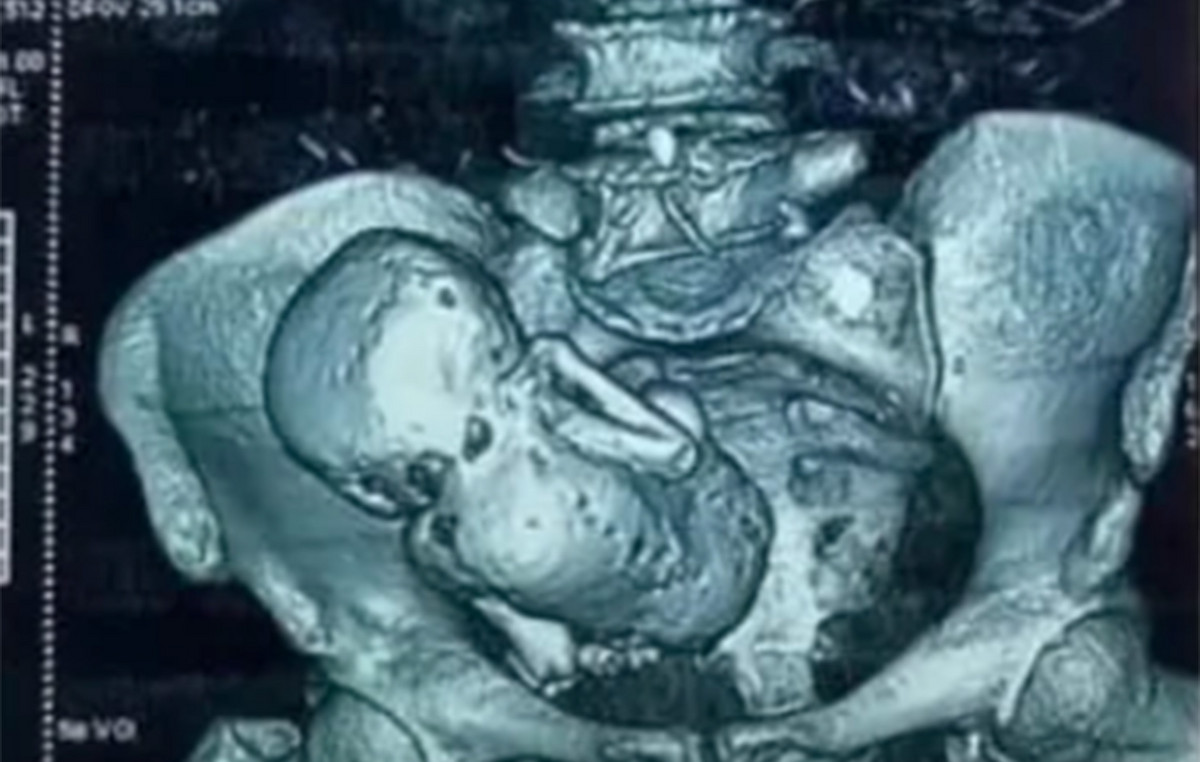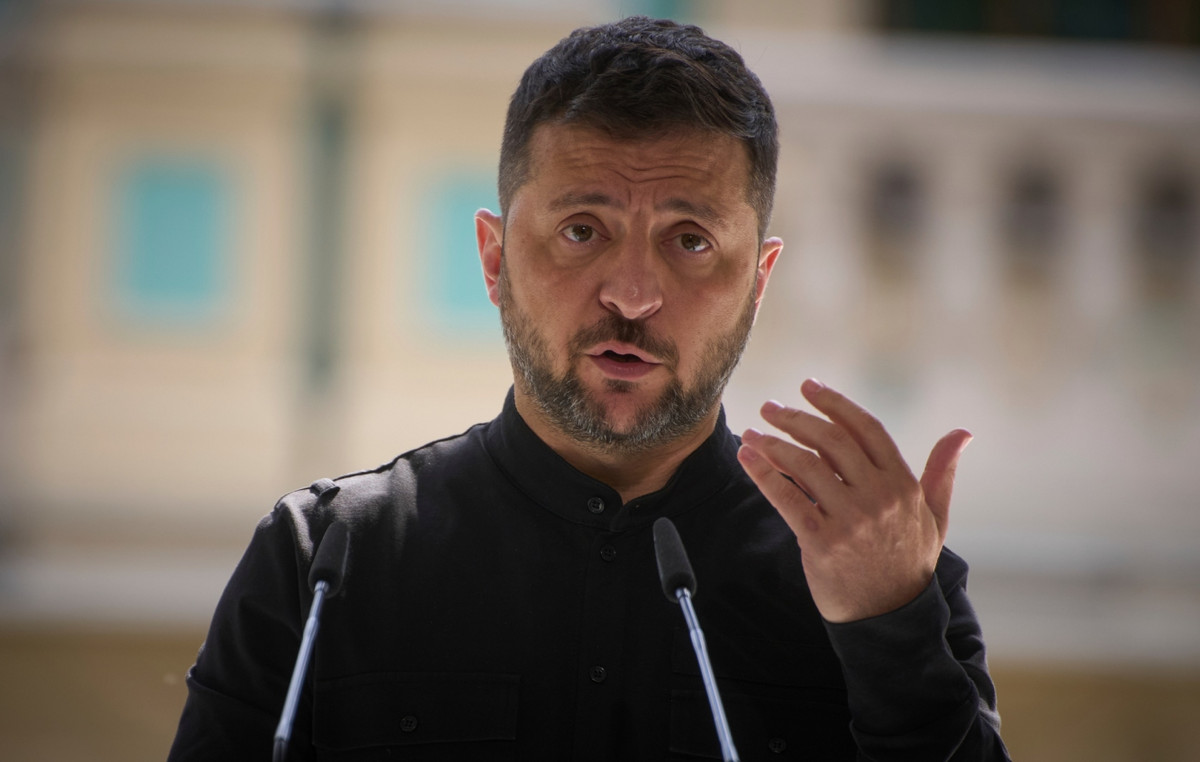Endometriosis affects more than 7 million people in Brazil and 176 million worldwide, according to the World Health Organization (WHO). Despite being considered a common disease, the condition can take years to be detected: on average, a woman takes seven years to receive the correct diagnosis, according to a study at the University of York.
The disease is characterized by endometrium growth (mucosa that covers the inner wall of the uterus) in other regions of the body, such as bladder and intestine. Among the main symptoms are severe menstrual colic, pain during intercourse, infertility. If not treated properly, endometriosis can lead to the worsening of women’s quality of life, impacting physical health – with bladder and intestine impairment, for example – and emotional health.
“The delay in identifying endometriosis has a huge emotional impact,” says Rogério Felizi, gynecologist and coordinator of the Endometriosis Center of the German Hospital Oswaldo Cruz, to CNN . “The first obstacle [para o diagnóstico precoce] is that, often, the symptoms of women are not valued and [as pessoas] They think that feeling intense colic is normal, which delays the diagnosis too much, ”he says.
In addition, symptoms of endometriosis can be confused with other gynecological and gastrointestinal conditions, such as irritable bowel syndrome and interstitial cystitis, according to Rodrigo Fernandes, gynecologist at Santa Joana Hospital and Maternity.
“Another obstacle is the lack of access to experts and high precision image examinations, as well as the lack of knowledge about the disease in some health professionals,” he adds to CNN .
Experts also claim that there is a gap in medical formation on endometriosis, lacking sufficient training for doctors to recognize early signs of the disease and properly interpret advanced imaging exams.
“Traditional teaching often prioritizes symptomatic treatment with contraceptives, without addressing the heterogeneity of the disease and the need for individualized therapies,” adds Fernandes.
But, after all, how is the diagnosis of endometriosis?
The diagnosis of endometriosis is made through the medical evaluation which analyzes symptoms such as chronic pelvic pain, intense menstrual cramps, pain during sex and difficulty getting pregnant. THE gynecological physical examination It can also identify signs of the disease, such as nodules or adhesions, according to Angela H. Motoyama Caiado, Head of Radiology and Image Diagnosis of the Fleury Group.
Furthermore, Image exams as a transvaginal ultrasound with preparation for mapping of endometriosis or magnetic resonance imaging of the pelvis, they are important to map out the outbreaks and the extent of the disease, as it can affect not only the pelvis, but also other areas, such as gut and diaphragm.
“This detailed mapping allows us to direct the best treatment to each patient, always under the coordination of the gynecologist, who accompanies the woman throughout the journey of diagnosis to treatment,” explains Caiado.
Other exams can also be requested, according to the expert, such as:
- HysterosSalpping : contrasted X-ray examination that evaluates the fallopian and uterus tubes, being useful in investigating the infertility associated with endometriosis;
- Ovulation control ultrasound : Important for women who are trying to get pregnant, allowing you to evaluate the ovarian response and better plan fertility approaches;
- Anorectal manometry : Examination that evaluates changes in intestinal habit, especially for women with chronic constipation, frequent condition in intestinal endometriosis;
- Defecography and Defeco-Resonance : exams that analyze the functioning of the pelvic floor, fundamental to identify changes such as obstruction of evacuation and prolapses;
- Urinary tract evaluation by specialized urologists : As endometriosis can compromise bladder and ureters, specific examinations such as urinary tract resonance and urodynamic studies may be required for a more complete diagnosis;
- Diagnostic laparoscopy : Although it was already the gold standard for diagnosis, today it is indicated mainly when there is a need for surgical treatment.
When to look for a doctor?
It is important to seek a doctor and investigate the possibility of endometriosis when menstrual colic is intense and does not even improve with the use of painkillers . “That woman who has colic that lasts two days or more in strong intensity, which makes her take many painkillers or prevent her from following her routine, she should already seek a doctor, because this pain is not normal,” warns Felizi.
Once diagnosed, endometriosis can be treated with the use of hormonal contraceptives, intrauterine device (IUD) and, in cases where drugs are not sufficient – or when there is impairment of organs such as bowel and bladder – minimally invasive surgery may be indicated, such as laparoscopy or robotic surgery.
“Laparoscopy is indicated in cases where there is a failure in clinical treatment, suspected of deep endometriosis or need for significant symptomatic relief. The procedure allows the removal of lesions,” explains Fernandes. “Robotic surgery is mainly indicated for complex cases, such as deep endometriosis with intestinal, ureteral or other pelvic organs,” he adds.
Change of habits is also critical to improving symptoms. “It is important to eat better, avoid excess sugar, excess white flour and excess red meat. In general, healthy eating and physical activity are grounded for pain control,” adds Felizi.
In this sense, nutritional guidance and psychological counseling can also assist in the regulation of intestinal transit and emotional impact of the disease, according to Caiado.
Endometriosis increases risk of ovarian cancer by four times
This content was originally published in endometriosis can take up to seven years to detect; Understand challenges on the CNN Brazil website.
Source: CNN Brasil
I am an experienced journalist and writer with a career in the news industry. My focus is on covering Top News stories for World Stock Market, where I provide comprehensive analysis and commentary on markets around the world. I have expertise in writing both long-form articles and shorter pieces that deliver timely, relevant updates to readers.







